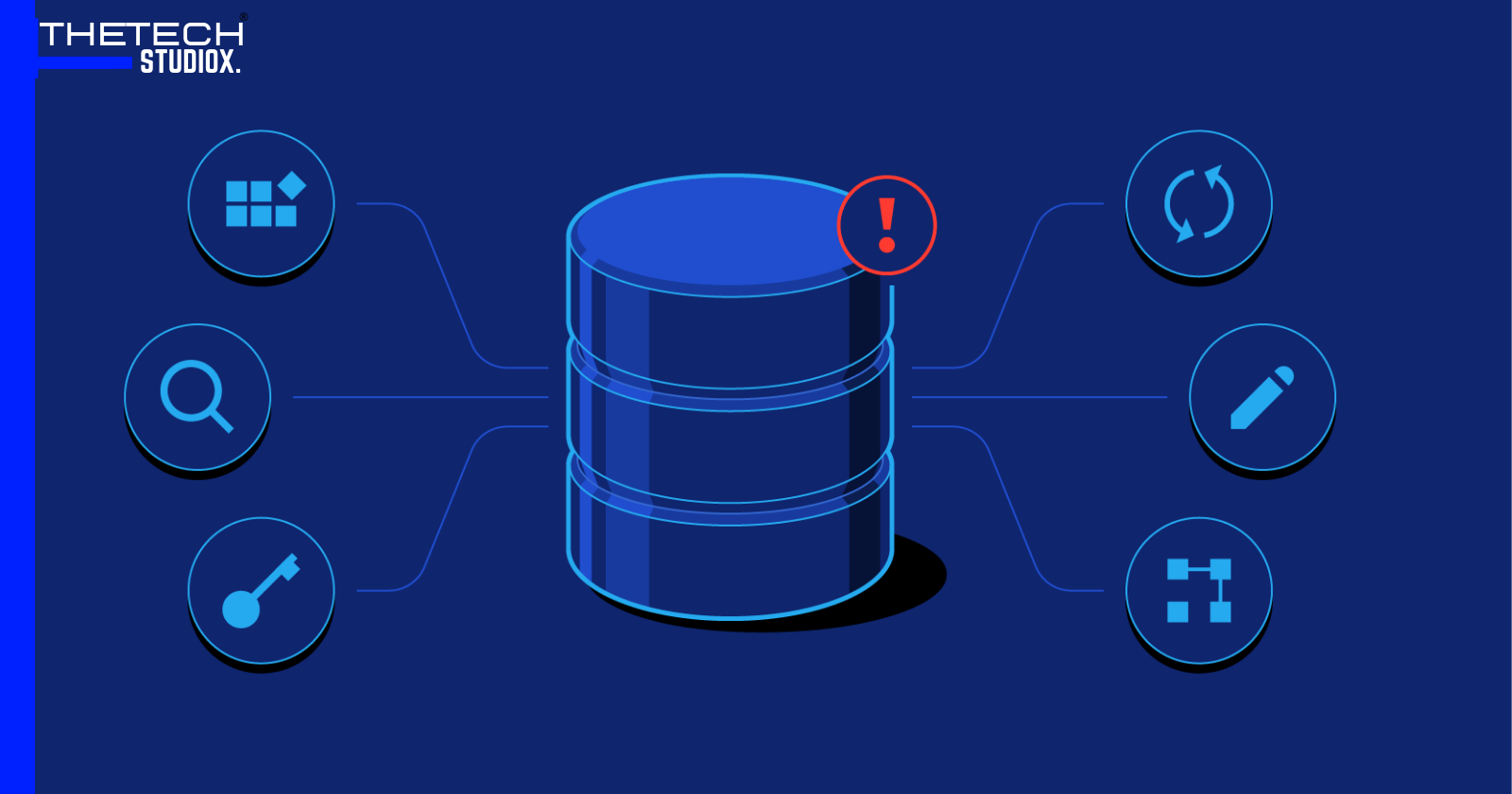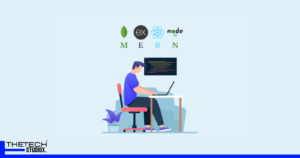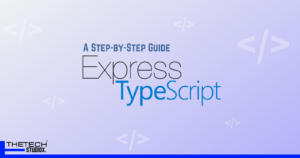Table of Contents
Databases to Learn in 2024
In today’s data-driven world, databases play a crucial role in storing, managing, and retrieving large amounts of structured information. Whether you’re building web applications, and enterprise systems, or working with emerging technologies like AI and ML, having a solid understanding of databases is essential. With so many options available, deciding which database to learn can be overwhelming. In this comprehensive guide, we will explore the different types of databases and help you choose the right one to focus on in 2024.
Why do we need a database?
Before diving into the world of databases, let’s understand why they are essential. A database is an organized collection of structured data stored and managed in a computer system. It allows for efficient data management, and easy retrieval, and ensures data integrity and security. Databases provide a structured way to store and organize data, enabling businesses to make informed decisions, improve efficiency, and enhance customer experiences.
Here are some key reasons why we need databases:
- Data Management: Databases are a crucial tool for efficient data management. They offer a structured approach to store and organize data, which enables users to quickly and easily retrieve specific information as needed. Thanks to databases, data can be efficiently managed, resulting in improved productivity and accuracy.
- Security: It’s worth noting that databases come with a range of security features that offer protection against unauthorized access and data manipulation. Authentication and authorization are two such features that ensure that only authorized users can access and make changes to the data. This helps to safeguard sensitive information and keep it secure from potential threats.
- Data Integrity: Databases are designed to ensure that the data they store is accurate and consistent. To achieve this, they use rules and constraints to enforce data integrity. These measures help to maintain the quality of the data and prevent errors or inconsistencies that could affect its reliability or usefulness. By implementing these safeguards, databases help to ensure that the information they contain can be trusted and relied upon for various purposes, such as decision-making, analysis, and reporting.
- Scalability: As businesses grow and expand, the amount of data they generate also increases. To handle this growing amount of data and user demands, databases can be scaled both horizontally and vertically. Horizontal scaling involves adding more servers to distribute the load, while vertical scaling involves adding more resources to a single server. By scaling their databases in either or both of these ways, businesses can ensure that their data management systems can keep up with their growth and meet the needs of their users.
- Cost-Effectiveness: In recent times, database systems have emerged as a more cost-effective alternative to traditional file management systems. This has made them a preferred choice for applications of all sizes. With their ability to store, organize, and manage large volumes of data, database systems have become an indispensable tool for businesses and organizations. They not only provide better performance and scalability but also offer advanced security features to protect sensitive information.
Now that we understand the importance of databases let’s explore the different types of databases available in the market.
Types of Databases
Databases can be classified into various categories based on their data models, functionalities, and deployment options. Here are some of the most common types of databases:
1. Relational Databases (RDBMS)
Relational Databases, also known as RDBMS (Relational Database Management Systems), are based on the relational model. In this model, data is organized into tables consisting of rows and columns, with relationships established between tables using keys. RDBMSs use Structured Query Language (SQL) for data querying and manipulation. MySQL and PostgreSQL are popular examples of open-source relational databases.
2. NoSQL Databases
NoSQL (Not Only SQL) databases are a group of database systems that provide flexible data models to handle unstructured and semi-structured data. Unlike relational databases, NoSQL databases do not use the tabular structure of tables and rows. Instead, they use various data models such as key-value pairs, documents, graphs, or wide-column stores. MongoDB, Redis, and Cassandra are some popular examples of NoSQL databases.
3. Object-Oriented Databases
Object-oriented databases (OODBMS) store data in the form of objects, which encapsulate both data and the methods or operations that can be performed on that data. This type of database is suitable for applications that heavily rely on object-oriented programming languages. Object-oriented databases provide better support for complex data structures and relationships. However, they are less commonly used compared to relational and NoSQL databases.
4. Cloud Databases
Cloud databases are databases that are hosted and managed in a cloud computing environment. These databases offer scalability, high availability, and easy accessibility over the Internet. Cloud databases can be either SQL or NoSQL-based, and they provide on-demand computing resources, eliminating the need for physical infrastructure maintenance. Examples of cloud databases include Amazon Aurora, Google Cloud Spanner, and Microsoft Azure Cosmos DB.
5. Graph Databases
Graph databases are designed to store and manage highly connected data, such as social networks, recommendation systems, and fraud detection. These databases use graph structures consisting of nodes, which represent entities, and edges, which represent relationships between entities. Graph databases provide efficient traversal and querying capabilities, making them ideal for applications that heavily rely on complex relationships. Neo4j and Amazon Neptune are popular graph databases.
6. Time-Series Databases
Time-series databases specialize in storing and analyzing time-stamped data, such as sensor data, financial market data, and IoT data. These databases are optimized for handling large volumes of time-series data and provide efficient querying and aggregation capabilities based on time intervals. InfluxDB and Prometheus are widely used time-series databases.
7. In-Memory Databases
In-memory databases store data entirely in the main memory (RAM) of a computer, allowing for faster data access and processing compared to disk-based databases. These databases are suitable for applications that require real-time data processing, such as high-frequency trading systems and real-time analytics. Redis and Apache Ignite are examples of in-memory databases.
8. Document Databases
Document databases, also known as document stores, store and manage semi-structured and unstructured data in the form of documents. Documents are typically represented using formats like JSON or XML and can have varying structures within the same collection. Document databases provide flexibility in data modeling and are widely used for content management systems, e-commerce applications, and document repositories. MongoDB and Couchbase are popular document databases.
9. Columnar Databases
Columnar databases, also known as column-family databases, store data in columns rather than rows. This storage structure allows for efficient compression and querying of specific columns, making columnar databases suitable for analytical workloads and data warehouses. Apache Cassandra and Google Bigtable are examples of columnar databases.
10. Spatial Databases
Spatial databases specialize in storing and querying spatial data, such as geographic information systems (GIS) data and location-based data. These databases provide spatial indexing and querying capabilities to efficiently handle spatial data types and operations. PostGIS and Oracle Spatial are commonly used spatial databases.
Which Database You Should Learn in 2024?
Choosing the right database to learn in 2024 depends on various factors such as your goals, the type of applications you want to build, and the industry trends. However, there are a few databases that are consistently popular and widely used across different domains. Let’s take a closer look at some of these databases and their key features to help you make an informed decision:
1. MySQL
MySQL is one of the most popular open-source relational databases used by major websites and applications, including Facebook, Twitter, YouTube, and WordPress. It is known for its ease of use, scalability, and performance. MySQL uses SQL for querying and provides robust features for data management, security, and replication. Learning MySQL can be a great starting point for beginners due to its extensive documentation and wide community support.
2. PostgreSQL
PostgreSQL is another powerful open-source relational database that has gained popularity for its advanced features, scalability, and data integrity. It is widely used by companies like Netflix, Uber, Instagram, and Spotify. PostgreSQL supports a wide range of data types, provides robust transactional support, and offers advanced features such as full-text search, geospatial data support, and JSON document storage. Learning PostgreSQL can benefit those looking to work with complex data structures and advanced database functionalities.
3. MongoDB
MongoDB is a leading NoSQL database known for its flexible document-oriented data model and scalability. It is widely used for handling unstructured and semi-structured data and is popular among developers due to its ease of use and scalability. MongoDB stores data in JSON-like documents and provides rich querying capabilities, including support for geospatial queries and real-time analytics. Learning MongoDB can be valuable for those interested in working with modern web applications, IoT, or big data analytics.
4. Redis
Redis is an in-memory data structure store known for its high performance and low latency. It is often used as a cache, message broker, or real-time data streaming platform. Redis supports various data structures such as strings, lists, sets, and hashes, making it versatile for different use cases. It provides advanced features like data replication, pub/sub messaging, and distributed caching. Learning Redis can be beneficial for developers working on real-time applications or those looking to optimize data access and performance.
5. Oracle
Oracle is a commercial relational database management system widely used in enterprise applications. It offers a wide range of features, including high availability, scalability, and advanced security options. Oracle provides excellent support for transactional processing, data warehousing, and complex analytics. Learning Oracle can be advantageous for those aiming to work in large organizations or industries that heavily rely on Oracle databases, such as finance and healthcare.
These are just a few examples of popular databases, and the choice ultimately depends on your specific requirements and career goals. It’s important to consider factors such as the job market demand, industry trends, and the type of applications you want to build when choosing a database to learn.
FAQs
Should I learn SQL or DBMS?
SQL (Structured Query Language) is the language used to communicate with databases, while DBMS (Database Management System) is the software that manages databases. Learning SQL is essential for working with databases, as it allows you to query, manipulate, and manage data effectively. Understanding DBMS concepts is also important to grasp the underlying principles and functionalities of databases. It’s recommended to learn both SQL and DBMS to have a comprehensive understanding of database management.
Should I learn MongoDB or MySQL first?
The choice between MongoDB and MySQL depends on the specific requirements of your projects. If you’re working with structured data and require strong data consistency, MySQL might be a better choice. On the other hand, if you’re dealing with unstructured or semi-structured data and require more flexibility in data modeling, MongoDB can be a suitable option. Both databases have their strengths and use cases, so it’s valuable to gain experience with both to broaden your skillset.
Which database is best to learn?
The best database to learn depends on your goals and the type of applications you want to build. Relational databases like MySQL and PostgreSQL are widely used and provide a strong foundation for understanding data modeling and SQL querying. NoSQL databases like MongoDB and Redis are popular for working with unstructured data and real-time applications. It’s recommended to gain experience with a mix of different databases to develop a well-rounded skillset.
In conclusion, choosing the right database to learn in 2024 requires careful consideration of your goals, industry trends, and the specific requirements of your projects. Whether you choose a relational database like MySQL or PostgreSQL, a NoSQL database like MongoDB or Redis, or explore other types of databases, acquiring database management skills will undoubtedly enhance your career prospects in the ever-evolving tech landscape.
Now that you have a comprehensive overview of the different types of databases and their key features, you can make an informed decision on which database to focus on in 2024. Remember to keep learning and exploring new technologies as the database landscape continues to evolve. Happy learning!




[…] Also Read: Databases to Learn in 2024: The Tech Landscape for Career Growth […]
[…] emerging challenges. One such area experiencing significant transformation is the Department of Database Management and Deployment. Traditionally, developers grappled with the complexities of hardware management for […]